A Deep Dive Into the Few Substances That Can Stand Against a Jedi's Blade

Though lightsabers can cut through nearly anything, a handful of rare materials—like beskar, phrik, cortosis, and even Zillo Beast hide—resist or neutralize them. This article explores the physical and symbolic power of these substances across canon and Legends, showing how they shape warrior cultures, challenge Jedi supremacy, and add mythic depth to the galaxy’s deadliest weapon.
A Deep Dive Into the Few Substances That Can Stand Against a Jedi's Blade
Lightsabers stand as the quintessential weapon of the Jedi and Sith, celebrated across the galaxy for their elegant design and devastating power.

Their searing plasma blades can cut through almost any material with ease, embodying the mystical and martial prowess of the Force-wielders who carry them. Yet, despite the near-mythical status of lightsabers as unstoppable weapons, Star Wars lore—both canon and Legends—acknowledges the existence of rare materials capable of withstanding or resisting their fiery edge.
These exceptions to the rule are not mere curiosities but are deeply woven into the saga’s narrative and worldbuilding.
Lightsaber-resistant materials often signify heritage, culture, or power in their own right, from the forged armor of Mandalorian warriors to ancient, bio-organic armors fashioned by exotic species. This article explores the most notable of these substances, delving into their origins, physical properties, symbolic roles, and their appearances in Star Wars’ complex tapestry.
Beskar: The Mandalorian’s Secret Steel
Perhaps the most famous and iconic lightsaber-resistant material is beskar, also known as Mandalorian iron.
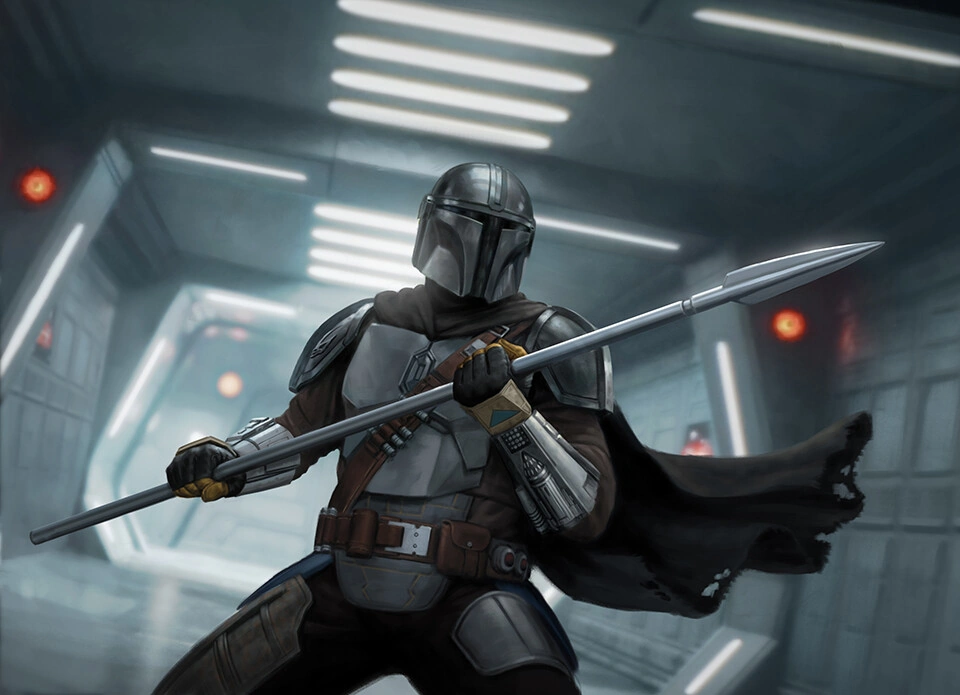
Found exclusively on the mineral-rich planet Mandalore and its surrounding moons, beskar’s remarkable durability allows it to withstand direct strikes from a lightsaber, making it a legendary substance among warriors.
Its nearly indestructible nature is both practical and symbolic, with Mandalorians forging their signature armor from this rare metal. Wearing beskar armor not only offers physical protection but also signifies a warrior’s place within Mandalorian culture.
Beskar’s importance was emphasized prominently in The Mandalorian series, where Din Djarin’s full suit provided almost unrivaled defense against blaster fire and lightsabers alike. Historically, beskar was fashioned during ancient Mandalorian-Jedi conflicts as a countermeasure to Jedi weapons, embedding it deeply within the narrative of Mandalorian resistance and survival.
Its invulnerability to lightsabers firmly plants it as a canon cornerstone, representing a rare material that challenges the otherwise overwhelming power of a Jedi’s weapon.
Cortosis: The Blade-Disrupting Mineral
Cortosis occupies a unique place in Star Wars lore, characterized by its ability to temporarily disrupt or short-circuit lightsaber blades upon contact.

Most prominent within the Legends universe, cortosis has gained some nods in canon through locations like Galaxy’s Edge and motifs in The High Republic. The mineral itself is brittle and difficult to handle but highly prized for its defensive properties.
Cortosis-weave armor or weapon enhancements provide tactical advantages, especially in duels where damping a lightsaber strike can be a game-changer.
Famous users of cortosis technology include Imperial figures such as Grand Admiral Thrawn and various Jedi hunters, underscoring the mineral’s association with covert or anti-Jedi operations.
These rare deposits are often weaponized via gauntlets, weapon hilts, and armor plates, turning what might be a fragile mineral in bulk into a potent strategic tool. This material represents a technological workaround to the fundamental supremacy of the lightsaber, adding depth to the galaxy’s arsenal beyond the Force.
Phrik: The Lightweight Indestructible Alloy
Phrik emerges both in Legends and canon as one of the few metals or alloys resistant to lightsaber strikes, notable for being unusually lightweight and flexible.
Unlike more brittle materials, phrik’s excellent tensile strength made it ideal for crafting weapons that needed both durability and finesse. Its resistance to the searing plasma blade is a prized characteristic sought by elite warriors and royal guards alike.
Canonically, phrik was featured in Star Wars Rebels and The Clone Wars, famously in General Grievous’s electrostaffs and the weapons of Emperor Palpatine’s Royal Guards.

Its scarcity and difficulty in mining make phrik a symbol of exclusivity and tactical superiority. For warriors vying to match or counter Jedi power, phrik alloys provide a rare, practical option that doesn’t sacrifice weight for strength—a lightweight defense and offense capable of surviving the ultimate test of combat.
Songsteel: The Elegant Alternative
Songsteel appears primarily in Legends, serving as an elegant and highly prized alternative to heavier, more utilitarian metals.
Known for its combination of extreme lightness, durability, and resistance to lightsaber strikes, songsteel found favor among noble duelists and artisan blade smiths. Its rarity and superior aesthetic qualities lent it a reputation as a luxury material rather than simply functional armor.
Leaders and skilled swordsmen prized songsteel for crafting finely balanced fencing weapons that could withstand the deadly plasma edges, making it highly desirable within aristocratic or secretive warrior circles.
Unlike the brute strength focus of beskar or the tactical utility of cortosis, songsteel’s lore emphasizes artistry and prestige, crafting a more refined counterpoint in the galaxy’s constellation of lightsaber-resistant materials.
Neuranium: The Blade-Dulling Heavy Metal
Within Legends and hinted at in canon through artifacts such as Palpatine’s Naboo statue, neuranium represents one of the densest and heaviest metals reputed to dull or halt lightsaber blades.
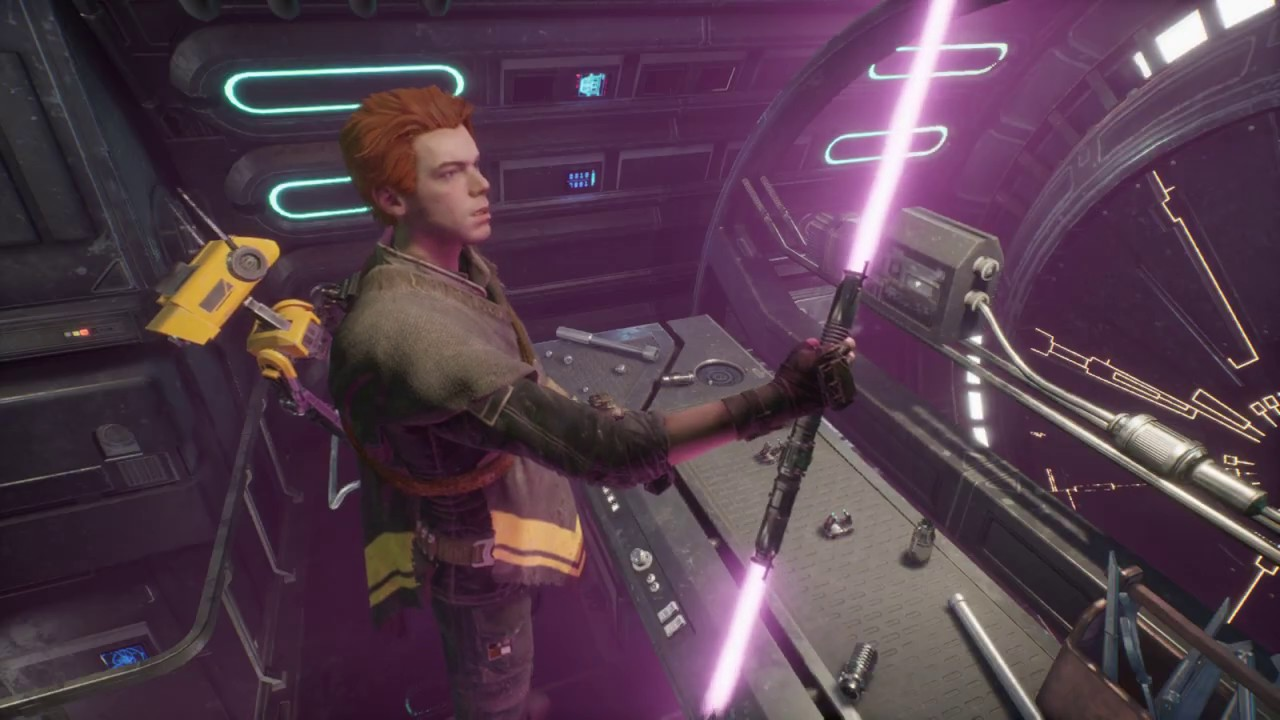
Its incredible density and resistance render it a perfect choice for creating shielding or containment vessels where lightsaber penetration is impossible or highly impractical.
Originally used to protect Sith relics or other Force-sensitive artifacts from Jedi detection or interference, neuranium carries symbolic weight as a metal of both concealment and formidable defense.
Its association with Sith alchemy and ancient protective technologies underscores its role as a counter to Jedi power, blending science and mysticism.
While not as prominently featured as other materials, neuranium remains a fascinating piece of the broader material lore enveloping lightsaber resistance.
Zillo Beast Hide: Nature’s Own Lightsaber Armor
The Clone Wars animated series introduced an extraordinary natural example with the Zillo Beast, a colossal creature native to Malastare whose hide was naturally impervious to lightsaber strikes.
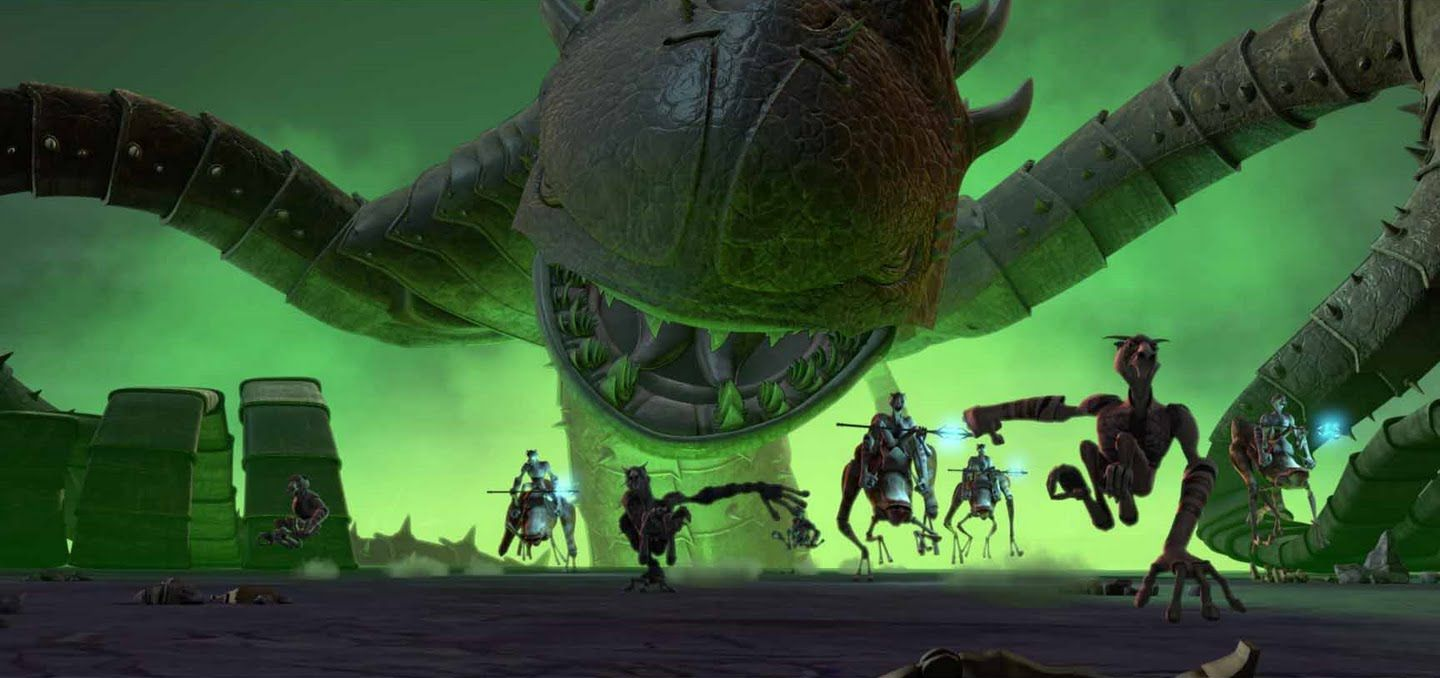
This organic armor fascinated even Supreme Chancellor Palpatine, who saw formidable military potential in the beast’s regenerative and defensive capabilities.
The Republic entertained cloning the Zillo Beast to create invincible armor, underscoring how nature sometimes produced materials or adaptations that rivaled the crafted metals of the galaxy’s best warriors.
The hide’s ability to shrug off lightsaber strikes gave a rare, realistic glimpse of biological resistance—beyond technology or metallurgy—in the Star Wars mythos. This concept enriches the lore by suggesting that living organisms themselves can evolve or possess armor that challenges Force weapons.
Vonduun Crab Armor: The Yuuzhan Vong’s Living Shield
From the New Jedi Order series in Legends comes the bio-organic armor of the Yuuzhan Vong: the Vonduun crab exoskeleton.
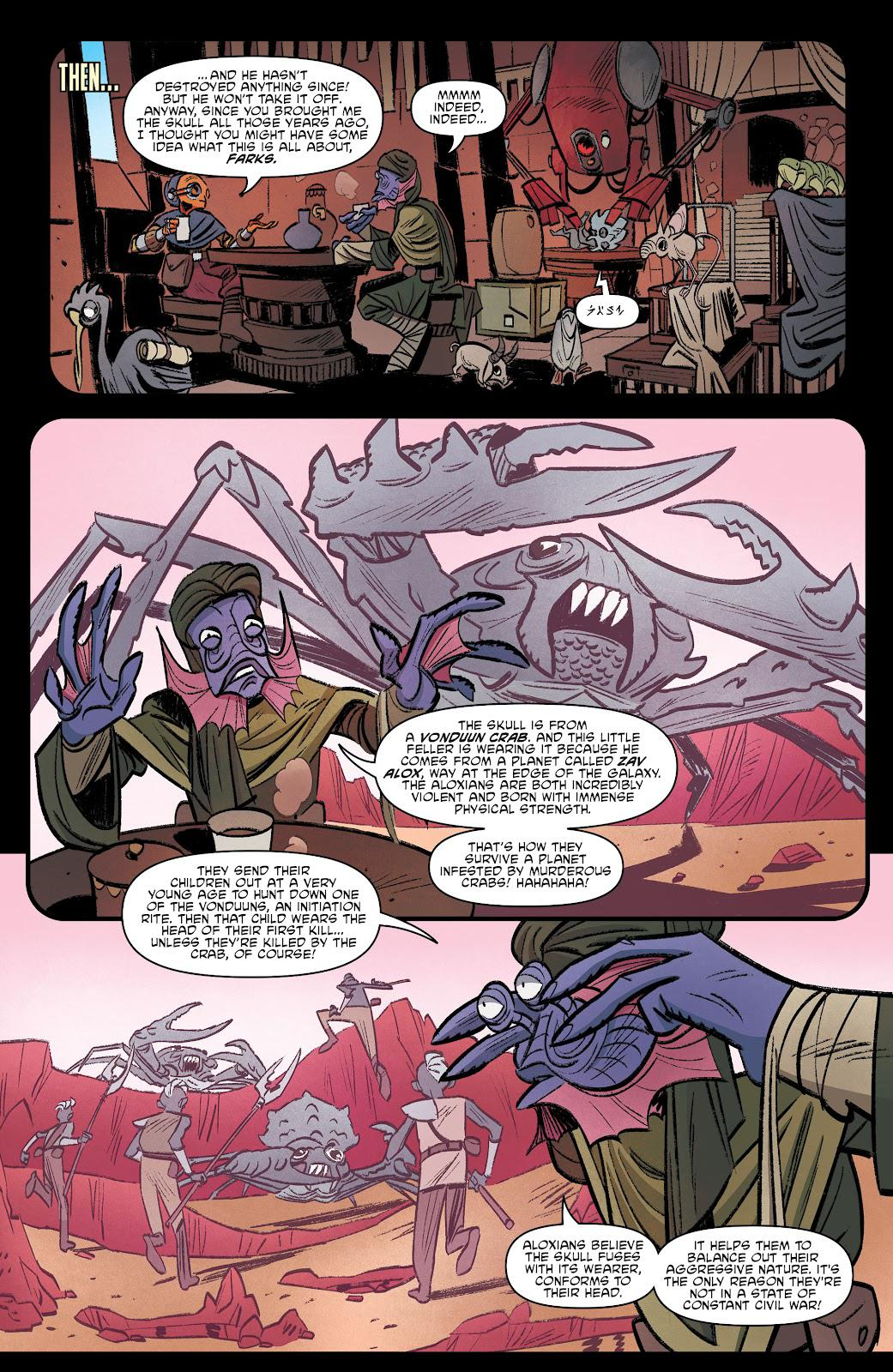
Unlike conventional metal alloys, this armor is grown through biological processes, reflecting the Vong’s anti-technological philosophy.
Its exceptional resistance to lightsabers provided the alien invaders a formidable defense against Jedi opponents, giving them a deadly advantage in close combat.
This living armor isn’t merely physical protection; it symbolizes the cultural divergence of the Yuuzhan Vong, representing their rejection of mechanical technology and embrace of biologically evolved warfare.
Their armor, weaponry, and even ships were all bio-organic, making encounters with them uniquely challenging for Jedi used to conventional weapons. Although currently Legends-only, Vonduun crab armor remains ripe for reincorporation into canon given its dramatic narrative potential.
Orbalisks: Parasitic Armor of the Dark Side
In the Knights of the Old Republic comics (Legends), Darth Bane’s unique defense was the use of orbalisks—parasitic, living creatures that attached to and formed a natural, living armor impervious to lightsabers.

These parasites enhanced Bane’s connection to the dark side but inflicted significant physical pain and corruption, underscoring the Faustian cost of ultimate protection.
Orbalisks represent one of the darkest forms of armor in lore, blending biology with Sith mysticism.
Offering near-impenetrable defense while amplifying the wearer’s dark energies, they illustrate the melding of living organisms with Sith alchemy.
This living defense, however, is as much a burden as a boon, reflecting Sith themes of suffering and power. Such body-worn symbiosis dramatically illustrates alternative routes to lightsaber resistance far removed from pure metallurgy.
Vambrace Shields and Energy Countermeasures
Various Star Wars shows including The Mandalorian, The Clone Wars, and Rebels depict technological solutions that resist or deflect lightsabers temporarily.
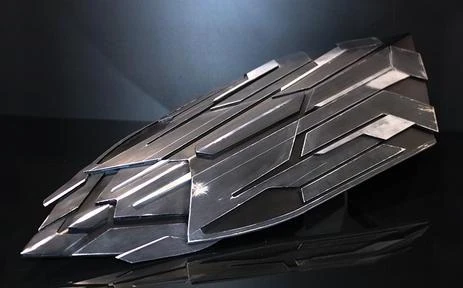
Arm-mounted energy shields or countermeasures generate short-lived force fields capable of blocking or deflecting saber swings, providing tactical advantages in close quarters.
Examples include Sabine Wren’s Mandalorian gauntlets, IG assassin droids fitted with energy shields, and riot gear designed specifically to protect troopers from Jedi attacks.
These energy countermeasures are practical, portable, and highly adaptive, given that they don’t rely on rare metals but technology and power sources. Fully canon, they illustrate how tech and strategy complement traditional armors in lightsaber combat, expanding the galaxy’s defenses beyond natural or forged materials.
Honorable Mentions: Experimental and Mysterious Substances
Beyond the main materials, Star Wars lore hints at various exotic and enigmatic substances with lightsaber resistance.
Lightsaber-resistant glass is seen in some high-security prisons offering near-impermeable barriers. Artisan-forged materials, potentially imbued with Force-infused properties or Sith enchantments, add an arcane layer to ancient blades and armors.
In Legends, the Rakata’s Force shields and Sith alchemy-infused armors create powerful defenses against the Jedi, blending technology and dark lore. These rare, thematic materials often appear in limited contexts but underscore the franchise’s layered approach to the lightsaber mythos, combining science, mysticism, and craftsmanship in resistance stories.
Conclusion: Why These Materials Matter
These rare lightsaber-resistant substances play crucial roles in defining stakes and drama in the Star Wars saga.
Beskar impressively allows Mandalorians to endure attacks that would fell most others, symbolizing cultural identity and resilience. Cortosis and phrik represent technological efforts to combat the near-limitless power of Force weapons.
Biological resistances like the Zillo Beast hide and orbalisks demonstrate nature and dark side mysticism’s place within this mythology.
They challenge the notion of the lightsaber as an invincible weapon and highlight the vulnerability of Jedi, Sith, and their adversaries alike.
Resistance to the lightsaber is a powerful metaphor for defiance against destiny and control—whether forged in tradition, summoned through science, or born of the dark side’s corruption. This expanding mythos enriches Star Wars with complex layers of conflict, honour, and survival, rendering the saga’s duels all the more compelling.

















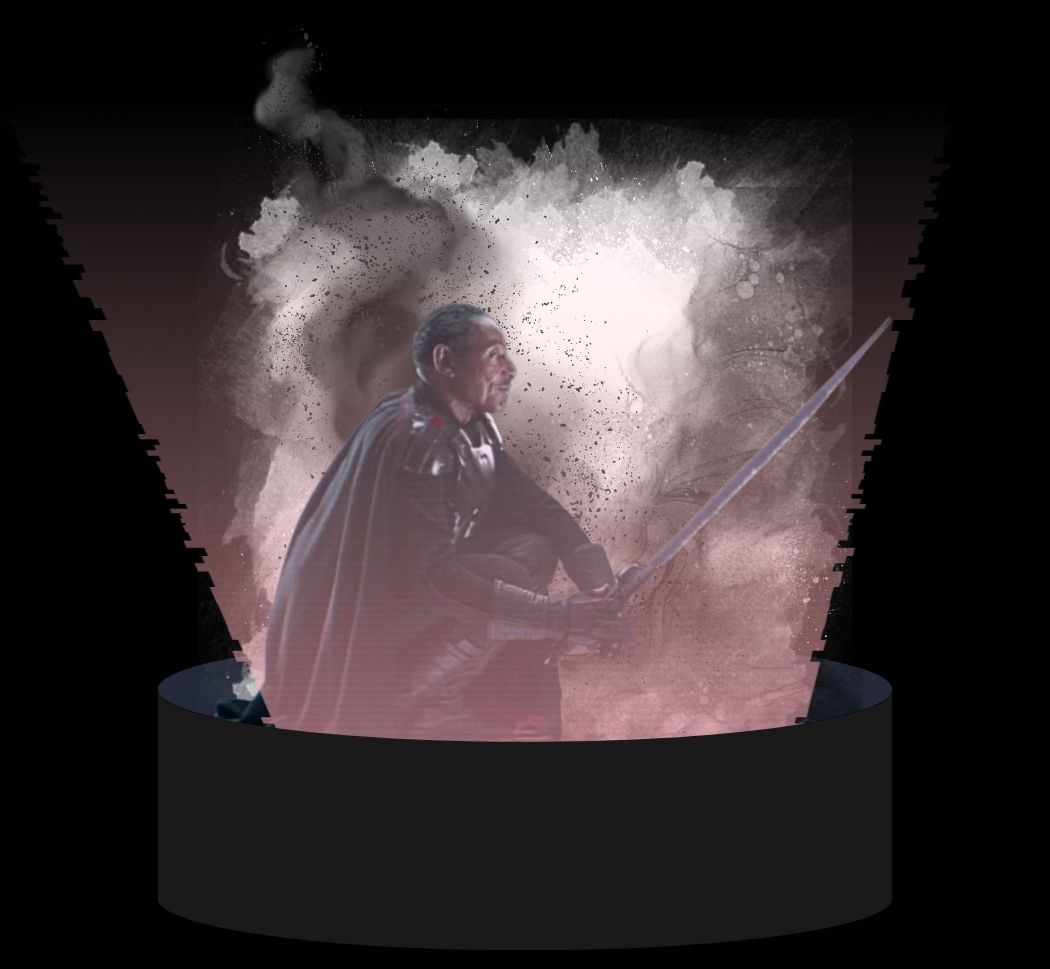
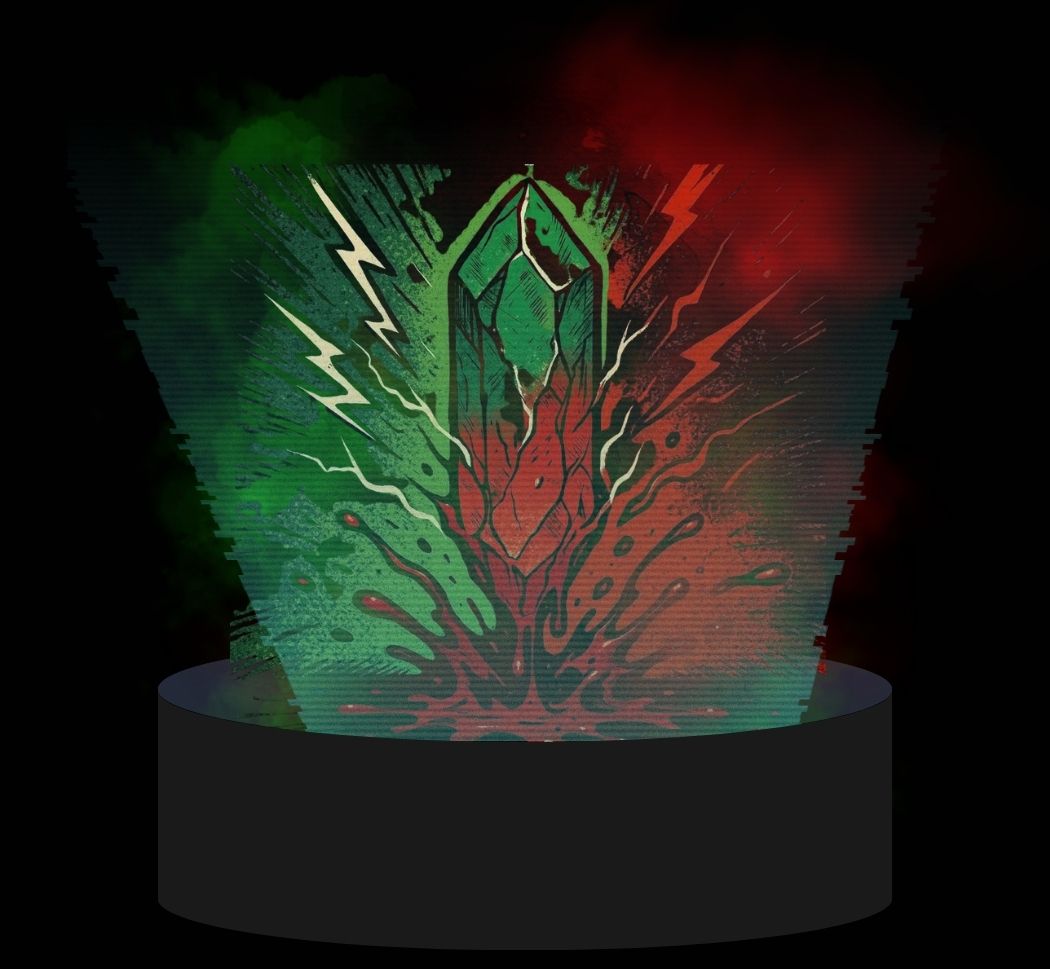



.jpg)
